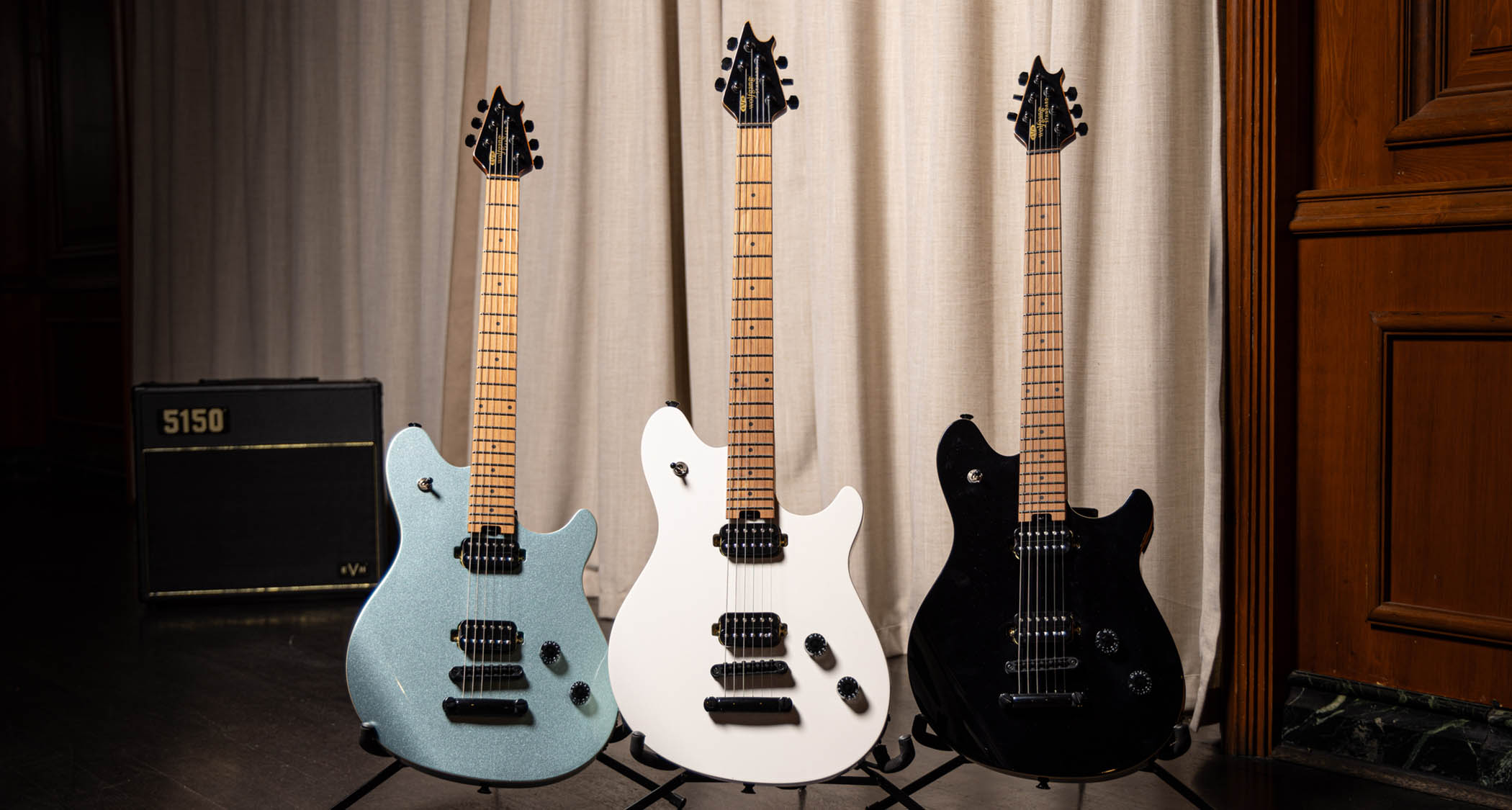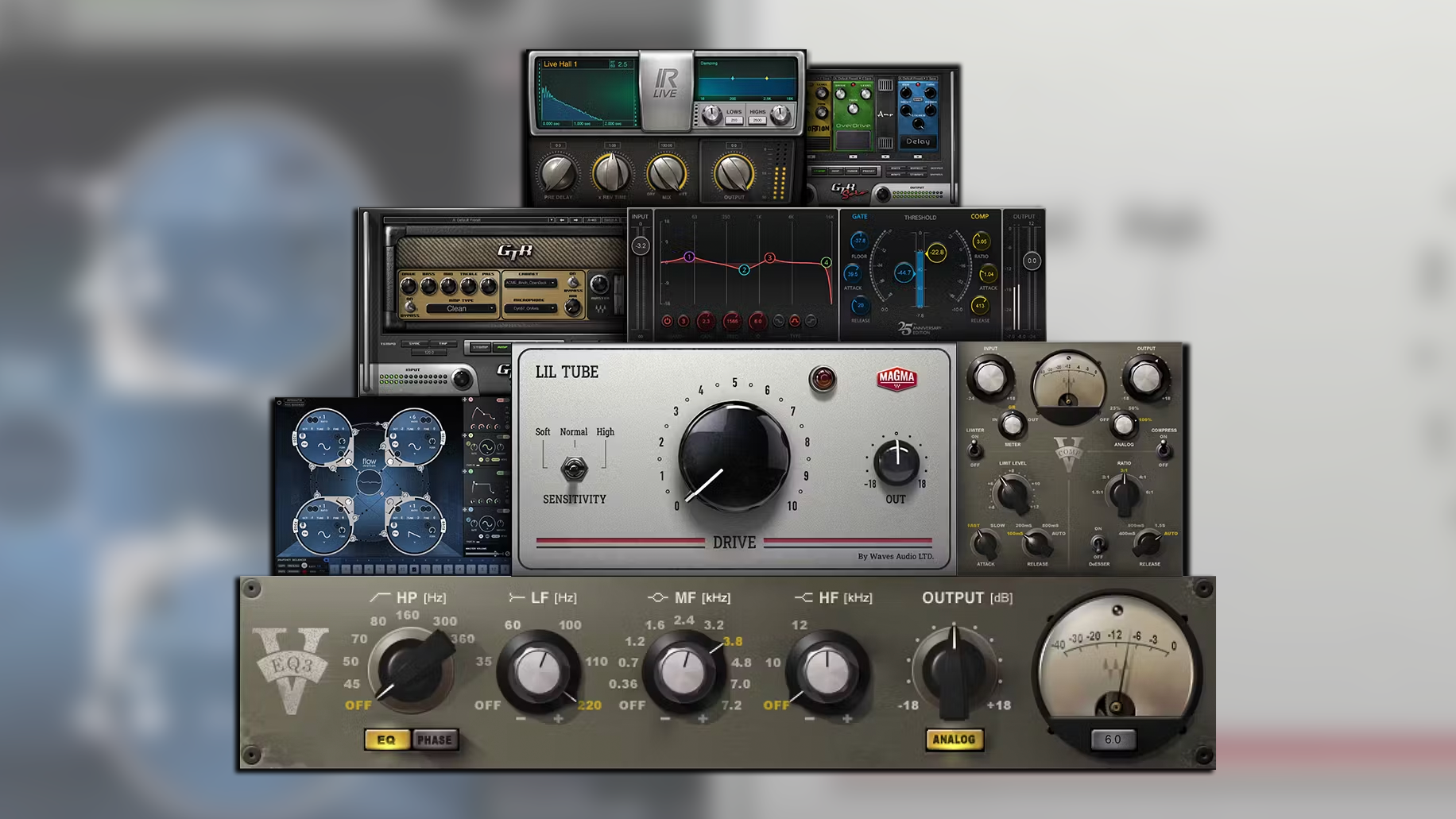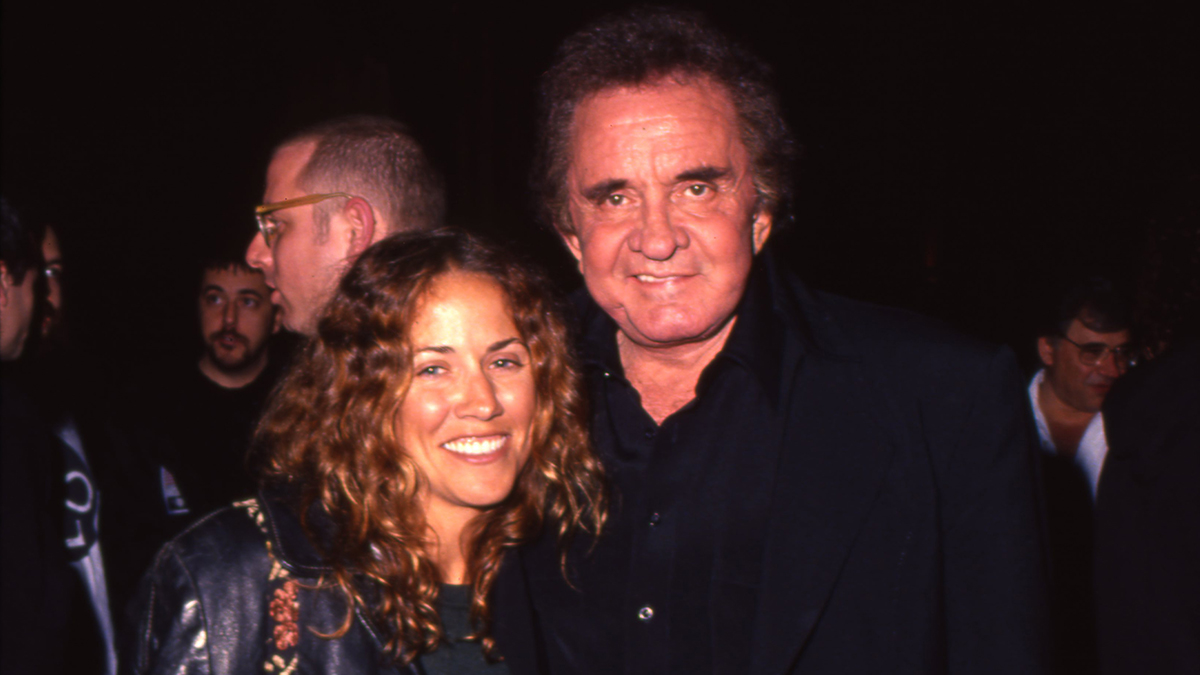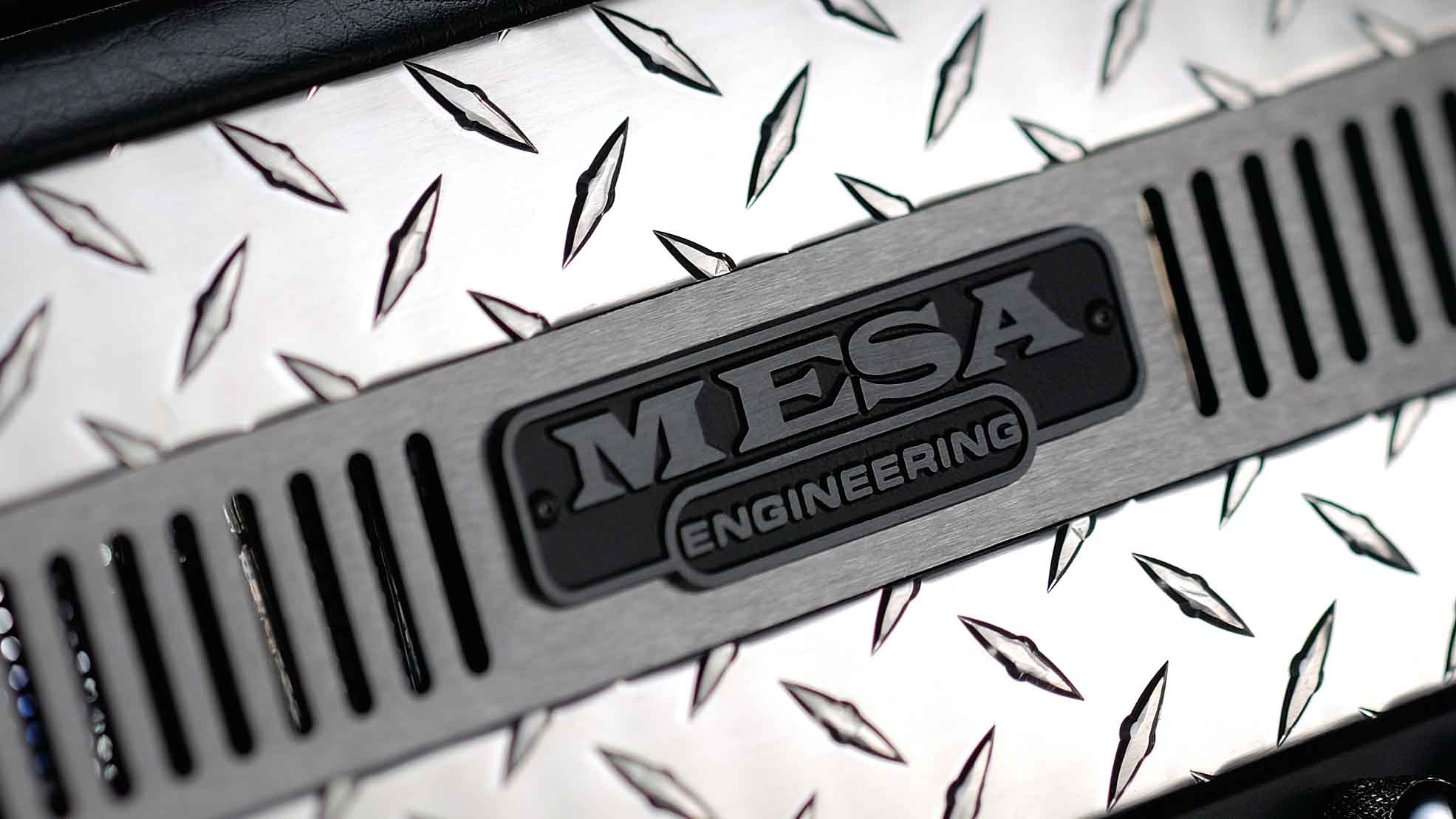
Introduction
Created by company founder Randall Smith in the late-1960s, at a time when all self-respecting guitar slingers aspired to play through a stack the size of a Volkswagen Camper Van, the original Boogie combo has evolved considerably from its Princeton roots.
The company's current flagship Mark Five amps have over four decades of research and development behind them, and here, we take a look at six of the key stages of Mesa/Boogie's evolution, from modded Fenders to the iconic Dual Rectifier and beyond.
Suffice to say, we love to Boogie…
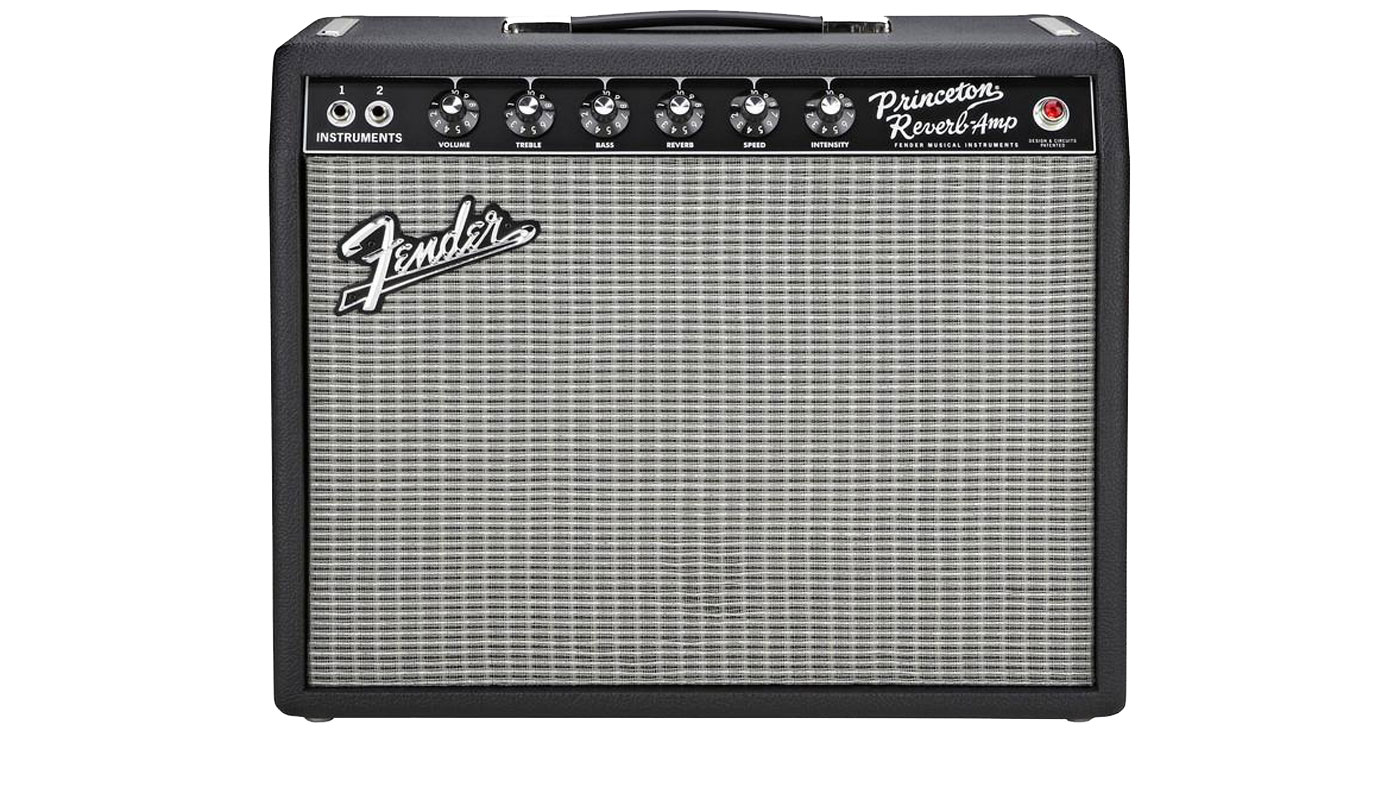
1. 1967 Princeton Boogie or 'Pre-Boogie'
Randall Smith made his name as one of the West Coast’s top amp hot-rodders by reworking the humble Fender Princeton with a very powerful 100-watt output stage and a high-efficiency loudspeaker, usually a JBL D-120 or an Altec 417.
According to legend, it was one of these amps that Carlos Santana wailed through one day in Prune Music, causing a sizeable crowd to gather, before exclaiming, “Man, that little thing really boogies!” The rest, as they say, is history.

2. 1972 Mark I 'Snakeskin'
The original Mark I (known as ‘The Boogie’ until the Mark II arrived) is the amp at the core of Santana’s signature lead tone.
The first completely fabricated Mesa amplifi ers were actually the Lead and Bass 130 heads, which were made in 1971. The Mark I followed, with a cascaded preamp section that produced the singing lead sound we all know today. The era of high gain had arrived.
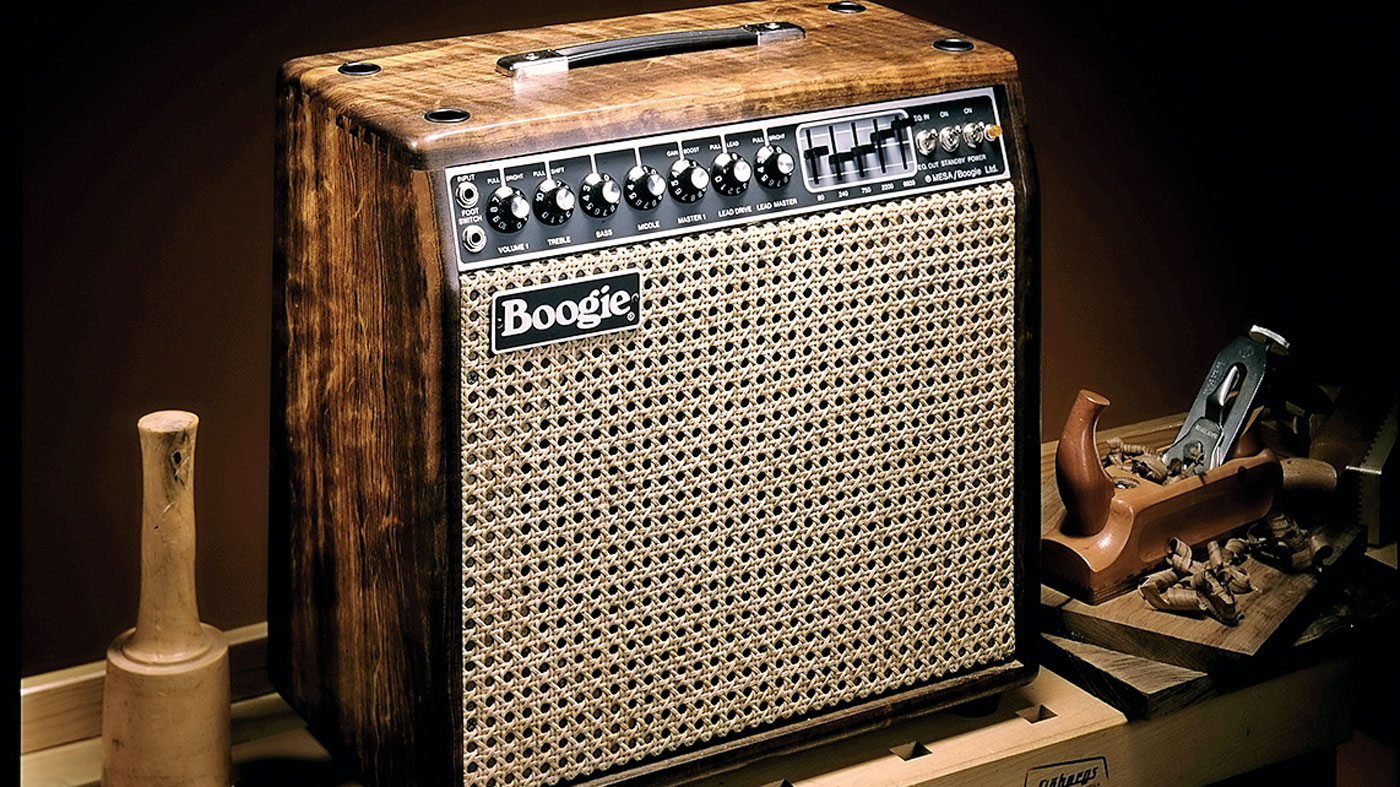
3. 1980 The Mark II-B
For many Boogie followers, the Mark II-B represents the zenith of early Boogie construction.
The Mark II-As introduced channel switching - the first amps to do so - driven by the impetus of Mark I players who used both front-panel inputs through a ‘Y’ cable to get the cascaded high-gain lead from input 1 and the traditional medium-gain clean sound from input 2. The Mark II-B added an effects loop, another Mesa innovation.
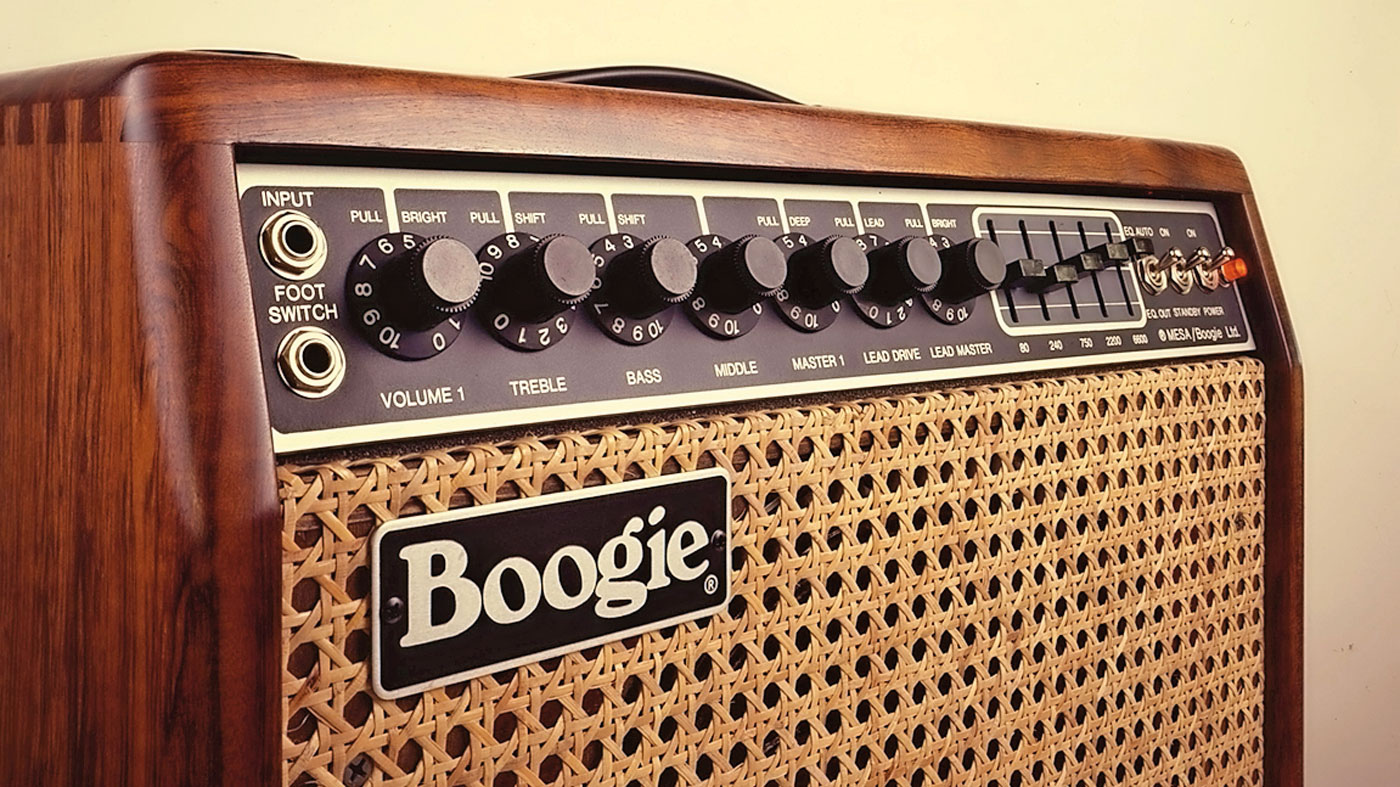
4. 1983 The Mark II-C+
The final iterations of the Mark II series are among the most coveted Boogies of all on account of their fiery lead tone, which was a perfect fit for the emerging modern-rock groups of that era.
Pristine original Mark II-C+s are very rare and command prices in excess of three times their original resale price. Many Mark II-Bs and earlier Cs have been converted to C+ specification, some by the company itself, in response to customers’ own requests.
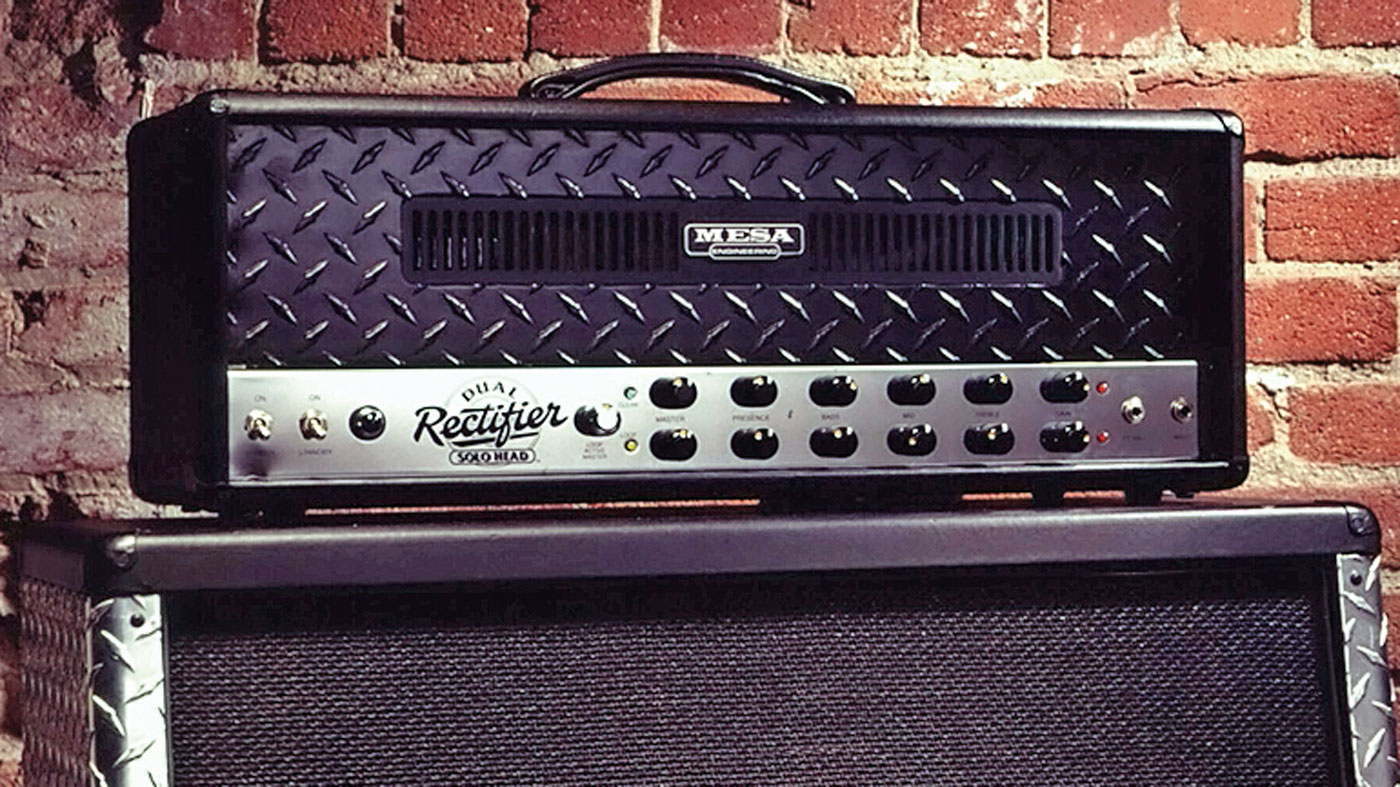
5. 1991 Dual Rectifier
Having influenced a generation of players and stamped the Boogie sound on countless gold and platinum albums, Randall Smith did it all over again in 1991, when Mesa launched the Dual and Triple Rectifier series.
A new raw, aggressive bass-heavy sound redefined rock for the 90s. For the new generation of players, Mesa Engineering meant Dual or Triple Rec, not Boogie. For the first time, Mesa was in danger of seeing its wonder amp eclipsed, ironically by another Mesa product.
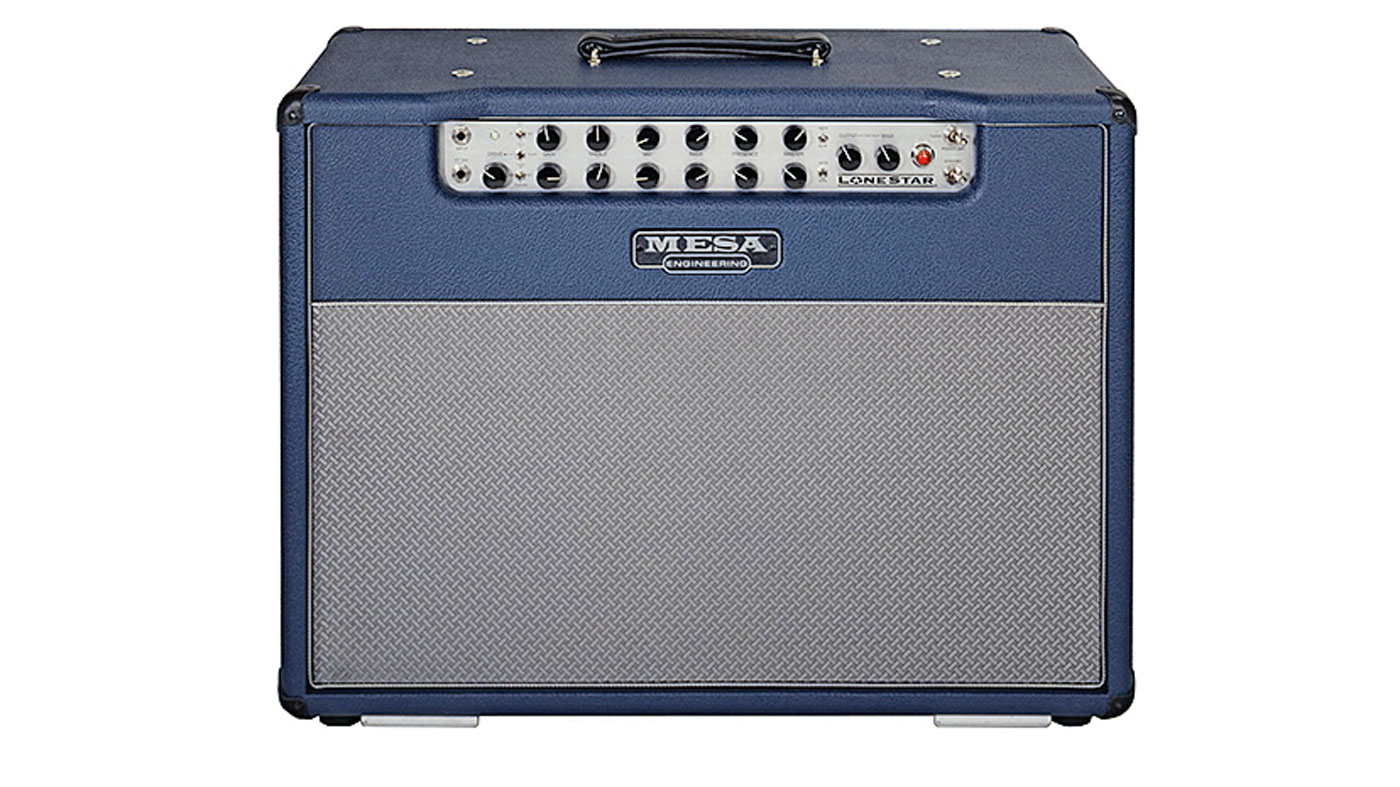
6. 2004 Lone Star
Mesa’s Lone Star success story has been less of a paradigm shift, but just as influential, as this Texas blues-inspired amp range continues to win friends and influence players all over the world.
The 6L6-powered amps have been joined by an EL84-powered Lone Star Special, which can run in pure single-ended class A for an extra dose of harmonic goodness. We’ve previously said the Lone Star has the best spring reverb of any amp we’ve ever heard - that’s still true.

Guitarist is the longest established UK guitar magazine, offering gear reviews, artist interviews, techniques lessons and loads more, in print, on tablet and on smartphones Digital: http://bit.ly/GuitaristiOS If you love guitars, you'll love Guitarist. Find us in print, on Newsstand for iPad, iPhone and other digital readers
“It’s honestly got me thinking hard about adding one to my own studio set up”: Two Notes Reload II review
“I’m beyond excited to introduce the next evolution of the MT15”: PRS announces refresh of tube amp lineup with the all-new Archon Classic and a high-gain power-up for the Mark Tremonti lunchbox head
“It’s honestly got me thinking hard about adding one to my own studio set up”: Two Notes Reload II review
“I’m beyond excited to introduce the next evolution of the MT15”: PRS announces refresh of tube amp lineup with the all-new Archon Classic and a high-gain power-up for the Mark Tremonti lunchbox head





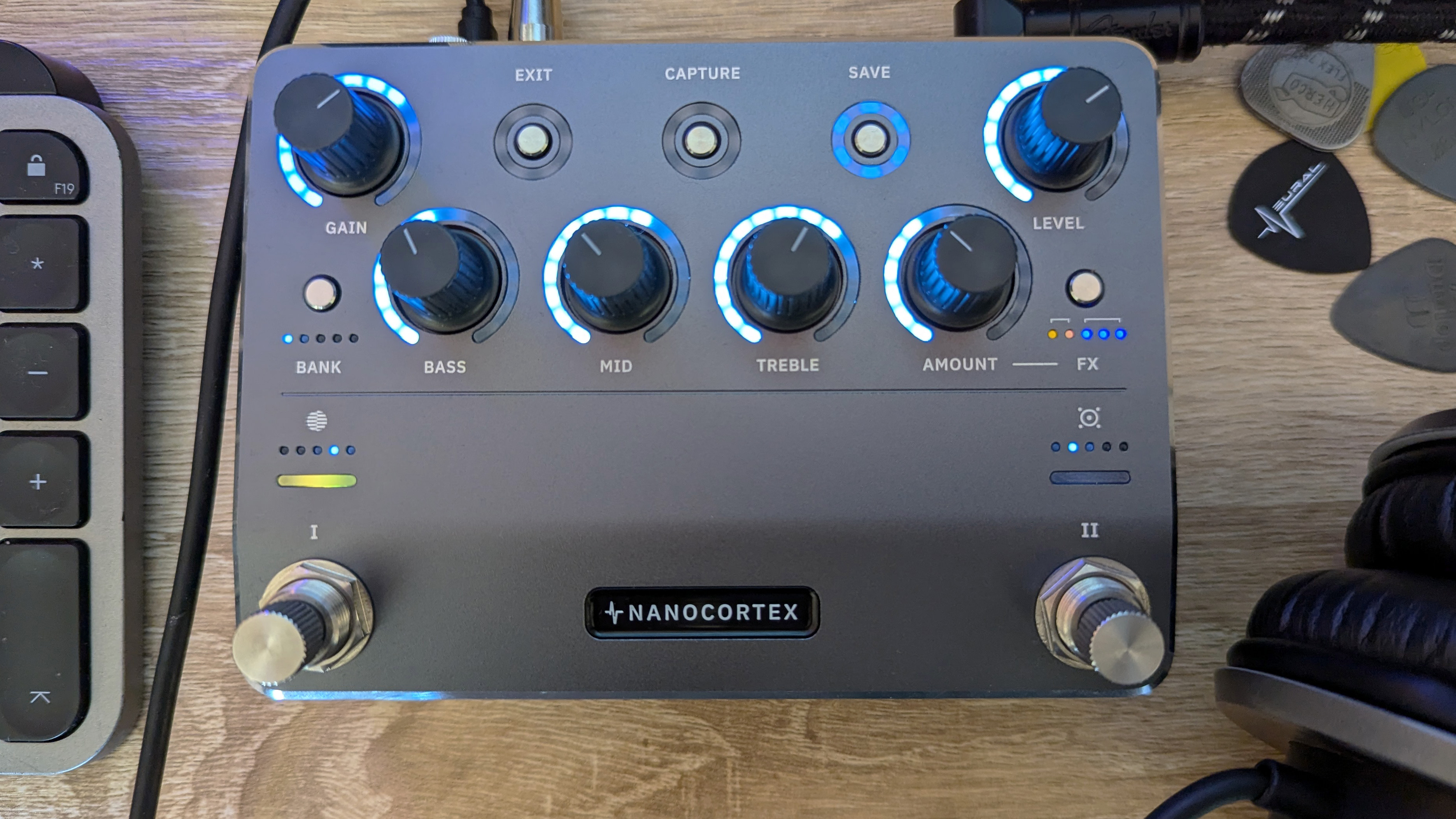
![Gretsch Limited Edition Paisley Penguin [left] and Honey Dipper Resonator: the Penguin dresses the famous singlecut in gold sparkle with a Paisley Pattern graphic, while the 99 per cent aluminium Honey Dipper makes a welcome return to the lineup.](https://cdn.mos.cms.futurecdn.net/BgZycMYFMAgTErT4DdsgbG.jpg)
